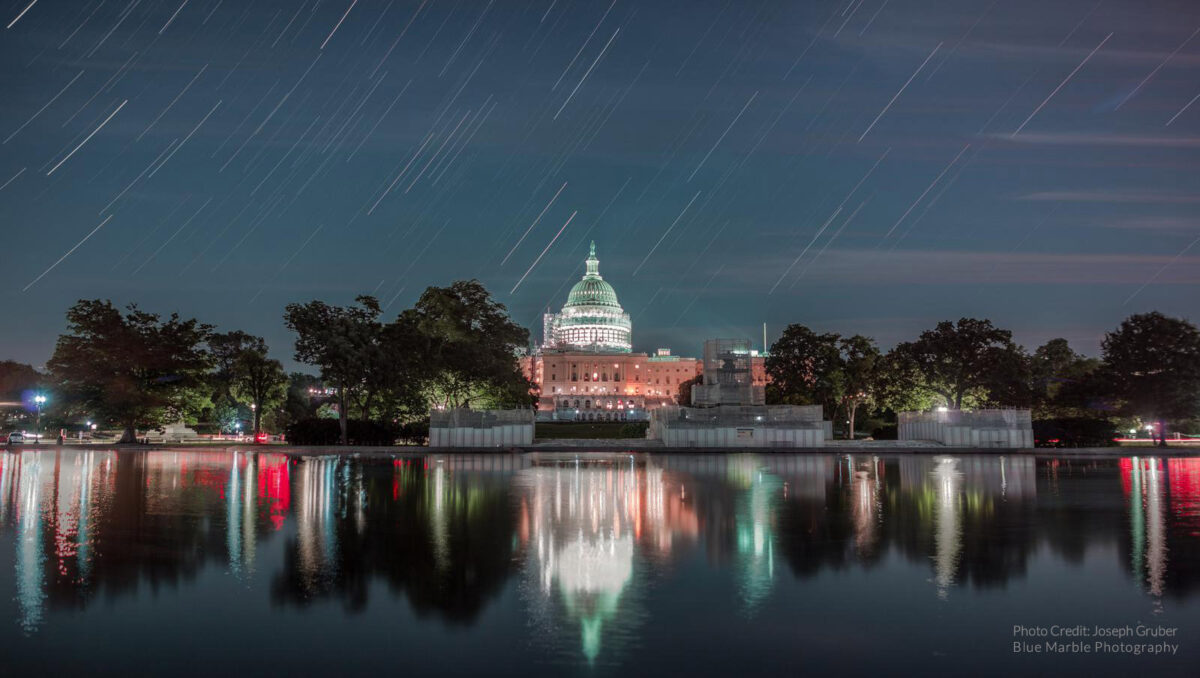The Space Advocate • Feb 08, 2023
The Space Advocate Newsletter, February 2023
From the Chief of Space Policy

A Planetary Radio listener recently sent me a poem by Emily Hancock about our nearest celestial neighbor. This line grabbed me:
mid-winter's sharpened sickle, the moon
cuts cleanly through all absence,
harvests stars
with one slow sweep of heaven
Woe be it to the other stars in our sky these days, as the Moon continues to reap the attention of nations! The United States and a growing coalition of partners are all-in on Artemis, China’s lunar efforts continue apace, and the Artemis Accords now have 23 signatories with the recent additions of Nigeria and Rwanda. Scores of missions are set to fly to the Moon in the immediate future, including the first test of the new commercial payload delivery services. The Moon hangs heavy in the sky these days.
Case in point: we are now seeing the development of more detailed and foundational lunar policy — policy that extends beyond pure exploration or scientific research. The White House recently released the first-of-its-kind national cislunar strategy, which provides direction to a variety of federal agencies, not just NASA. In addition to exploration, it calls for increasing international engagement, improved tracking of debris in cislunar space, and the establishment of standards for communications, timekeeping, and positioning (a trans-lunar GPS, as it were).
On the Space Policy Edition podcast this month, I spoke with Dr. Matt Daniels, who led the group that prepared this new national strategy. We explored why they focused on the items they did, and his hope that this national policy will help lower the energy barrier for the U.S. and other nations to push further beyond Earth.
I believe this strategy represents a new level of maturity for national space policy. I was particularly struck by the concept of setting standards of timing — a foundational concept if there ever was one, and evocative of the era in which Earth standardized its clocks to enable safe train travel. Once we agree on basic standards for basic needs, we remove a host of complexities and decisions for future lunar exploration by nations, organizations, and even individuals.
Until next time,
Casey Dreier
Chief of Space Policy
The Planetary Society
Space Policy Highlights

FY2024 Budget Battles Heating Up Already (spacepolicyonline.com) "With House Republicans vowing to cut government spending, FY2024 budget battles are heating up already. The budget request hasn’t even been submitted yet, but the top Democrat on the House Appropriations Committee is asking agencies to outline the impact if their budgets were rolled back to FY2022 levels as some Republicans are proposing."

Why Europe is abandoning plans to fly aboard China’s space station (arstechnica.com) "Initially, almost everyone involved in space policy harbored doubts about the stability of the Trump administration's Artemis program to return to the Moon. However, Artemis has since crystallized into a real and well-funded program....European space officials like the Artemis program and are seeking areas for greater involvement. This is drawing them closer to NASA. Then came Russia's invasion of Ukraine."

NASA and DARPA to partner on nuclear thermal propulsion demonstration (spacenews.com) "NASA and the Defense Advanced Research Projects Agency will cooperate on the development and flight demonstration of a nuclear propulsion system with applications for both national security and space exploration...NASA will be responsible for the development of the nuclear engine, with DARPA handling integration of that propulsion system into a spacecraft and launching it."
Planetary Radio: Space Policy Edition

The White House's Matt Daniels on the U.S.'s New Cislunar Strategy
For the first time in history, the White House laid out a national policy for science and technology in the vast expanse of cislunar space. This policy is not just for NASA — it's an all-of-government approach to establish the infrastructure and capabilities to enable a multitude of national and private actors to reach for the Moon and its environs. Dr. Matt Daniels of the White House's Office of Science and Technology Policy chaired the group that defined this new strategy; he joins the show to discuss the strategy, its ambitions, and implications for the future of lunar exploration and development.


 Explore Worlds
Explore Worlds Find Life
Find Life Defend Earth
Defend Earth

